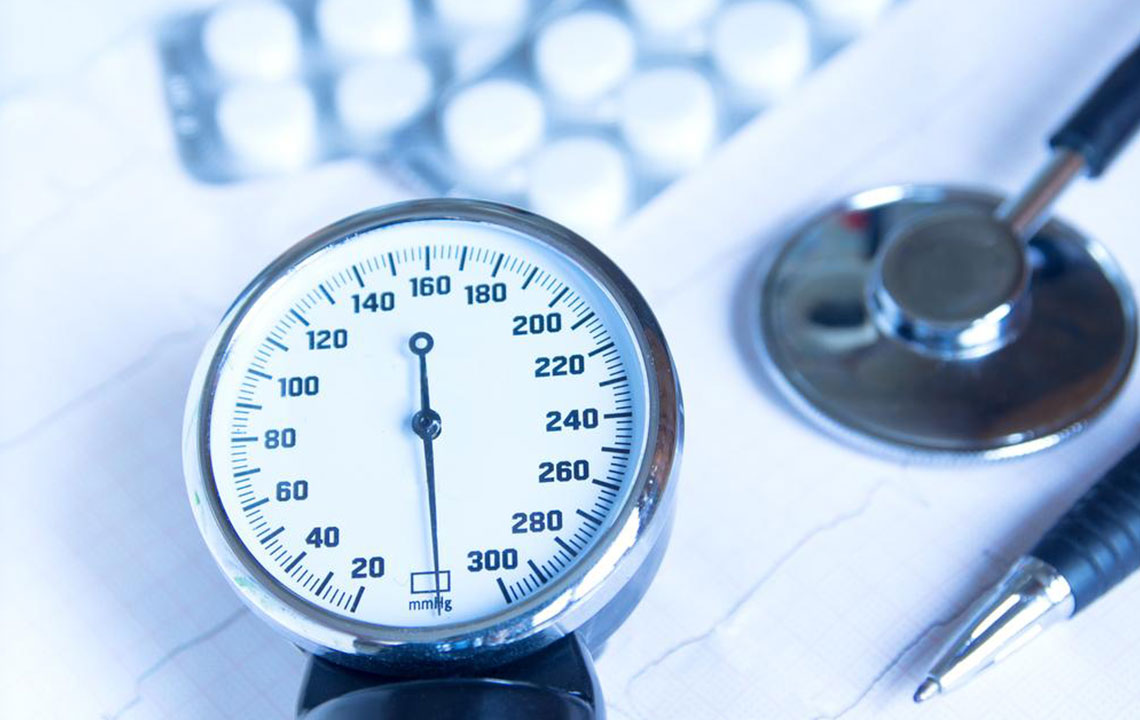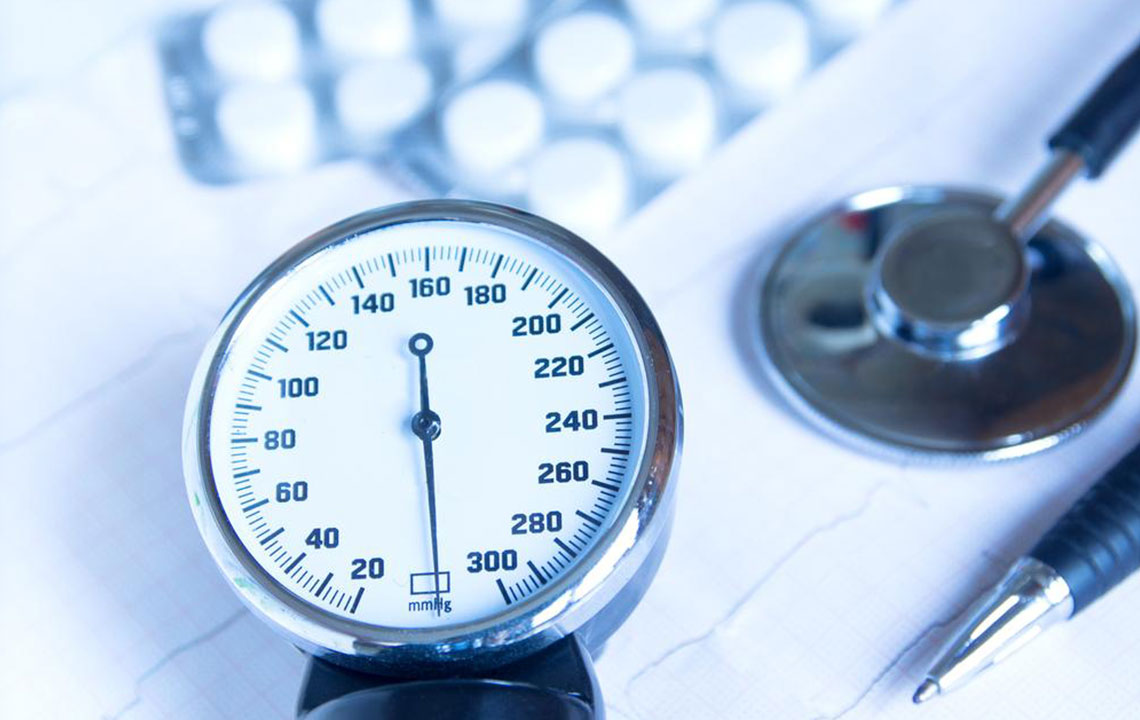The Ultimate Guide to Understanding and Managing Blood Pressure Readings
This comprehensive guide delves into understanding blood pressure readings, their categories, and management strategies. It covers how blood pressure is measured, its significance, and tips for maintaining healthy levels through lifestyle adjustments and medical treatments. Essential for those monitoring their cardiovascular health, this article offers detailed insights to help prevent hypertension and related complications.

Understanding Blood Pressure Readings: A Comprehensive Guide
Monitoring blood pressure is a vital aspect of maintaining overall health and preventing cardiovascular diseases. Accurate interpretation of blood pressure readings is essential for identifying potential health risks, implementing appropriate interventions, and tracking the effectiveness of lifestyle changes or treatments. Whether you're proactively managing your health or seeking to understand medical assessments better, this detailed guide offers in-depth insights into blood pressure, its significance, and practical tips for maintaining optimal levels.
What Is Blood Pressure?
Blood pressure is the measure of the force exerted by circulating blood against the walls of arteries as the heart pumps blood through the body.
It is expressed as two numbers: systolic pressure (the upper number) and diastolic pressure (the lower number).
The systolic pressure reflects the pressure in your arteries when your heart beats, while the diastolic pressure indicates the pressure when your heart is at rest between beats.
Understanding these two numbers helps gauge cardiovascular health, detect abnormalities, and guide treatment decisions.
Normal Blood Pressure Ranges and Classifications
Normal: Readings below 120/80 mm Hg are generally considered healthy and indicate good cardiovascular health.
Prehypertension: Systolic between 120-139 mm Hg or diastolic between 80-89 mm Hg suggests an increased risk of developing hypertension and warrants lifestyle modifications.
Stage 1 Hypertension: Blood pressure readings of 140-159 systolic or 90-99 diastolic signal early hypertension, often needing lifestyle changes and sometimes medication.
Stage 2 Hypertension: Readings of 160 or higher systolic and 100 or higher diastolic denote advanced hypertension requiring active management.
In addition, a hypertensive crisis occurs when systolic exceeds 180 mm Hg and diastolic surpasses 110 mm Hg, requiring immediate medical attention.
Severe hypertension, known as a hypertensive crisis, may cause symptoms such as chest pain, severe headache, vision changes, or difficulty breathing. Immediate medical intervention is crucial to avert serious complications.
Health professionals should always verify suspicious readings and evaluate if low blood pressure is present, especially in vulnerable populations like the elderly, African Americans, or individuals with underlying health conditions such as kidney disease or diabetes.
Blood Pressure Categories According to the American Heart Association
Normal: Less than 120/80 mm Hg signifies healthy blood pressure levels.
Elevated: Systolic between 120-129 mm Hg with diastolic less than 80 mm Hg requires lifestyle adjustments to prevent progression.
Hypertension Stage 1: 130-139 systolic or 80-89 diastolic, often treated with lifestyle changes and medication.
Hypertension Stage 2: 140 or higher systolic or 90 or higher diastolic necessitates comprehensive treatment measures.
Hypertensive Crisis: Over 180/120 mm Hg mandates urgent care.
Managing blood pressure effectively involves adopting a heart-healthy lifestyle. This includes regular physical activity, balanced nutrition, stress management, limiting alcohol intake, and avoiding tobacco use. These measures can significantly improve cardiovascular health and help maintain blood pressure within normal ranges.
Prehypertension: Persistent readings of 120-139/80-89 mm Hg indicate early signs of hypertension, emphasizing the need for lifestyle modifications to prevent escalation.
Stage 1 Hypertension: Readings between 140-159/90-99 mm Hg often require combined approach: lifestyle changes coupled with medication under healthcare supervision.
Stage 2 Hypertension: Levels above 160/100 mm Hg typically demand medication and strict lifestyle interventions to control blood pressure effectively.
Hypertensive Emergency: Readings exceeding 180/110 mm Hg demand immediate medical evaluation, especially if symptoms such as chest pain, dizziness, or visual disturbances occur.
Understanding Blood Pressure Numbers: Systolic and Diastolic
The systolic number (top number) measures the pressure in arteries during ventricular contraction, providing insight into the force of blood flow when the heart beats.
The diastolic number (bottom number) reflects the pressure when the heart relaxes between beats, indicating the baseline pressure in the arteries.
Generally, more emphasis is placed on systolic pressure, especially in individuals over 50, as it is a significant predictor of cardiovascular risk due to artery stiffening and plaque formation. Elevated systolic pressure is often a precursor to more serious health issues.
Research indicates that each 20 mm Hg rise in systolic or 10 mm Hg increase in diastolic sharply raises the risk of death from heart attack and stroke between the ages of 40 and 89. This underscores the importance of regular monitoring and managing blood pressure to reduce long-term health risks.
Why Blood Pressure Is Measured in mm Hg
The abbreviation "mm Hg" stands for millimeters of mercury, a traditional unit of measurement used since the era of mercury sphygmomanometers. These devices operate based on the pressure of mercury columns, providing an accurate and standardized way to express blood pressure levels worldwide.
Differences Between Blood Pressure and Heart Rate
Blood pressure refers to the force exerted by the circulating blood on artery walls, reflecting vascular resistance and cardiac output.
Heart rate signifies the number of heartbeats per minute, indicating how frequently the heart contracts.
While both are indicators of cardiovascular health, they measure different aspects. An increased heart rate does not always correspond to higher blood pressure; blood vessels can dilate to accommodate increased flow, maintaining stable pressure.
Monitoring both metrics provides a comprehensive picture of your heart health and helps identify potential issues early.





